 Western Art Movements I
Art Movements
Western Art Movements I
Art Movements

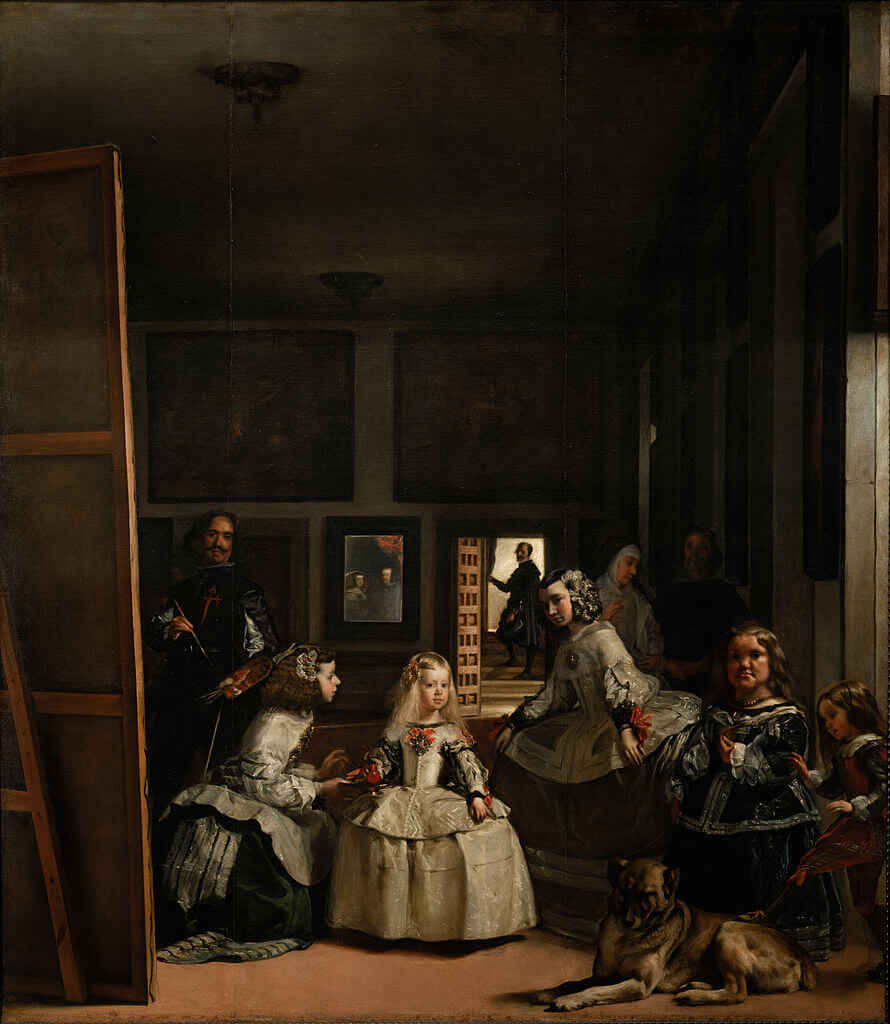
 Western Art Movements I
Art Movements
Western Art Movements I
Art Movements

Study the artwork for one week.
Over the week:
Featured Movement:
Baroque Movement Characteristics:
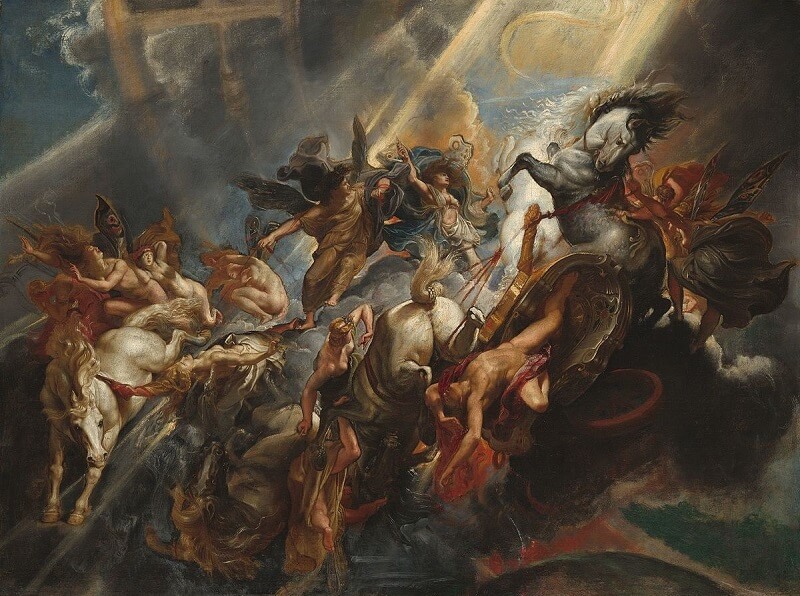
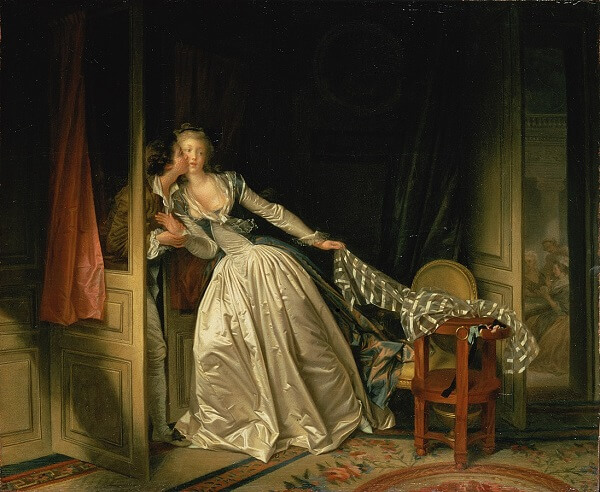
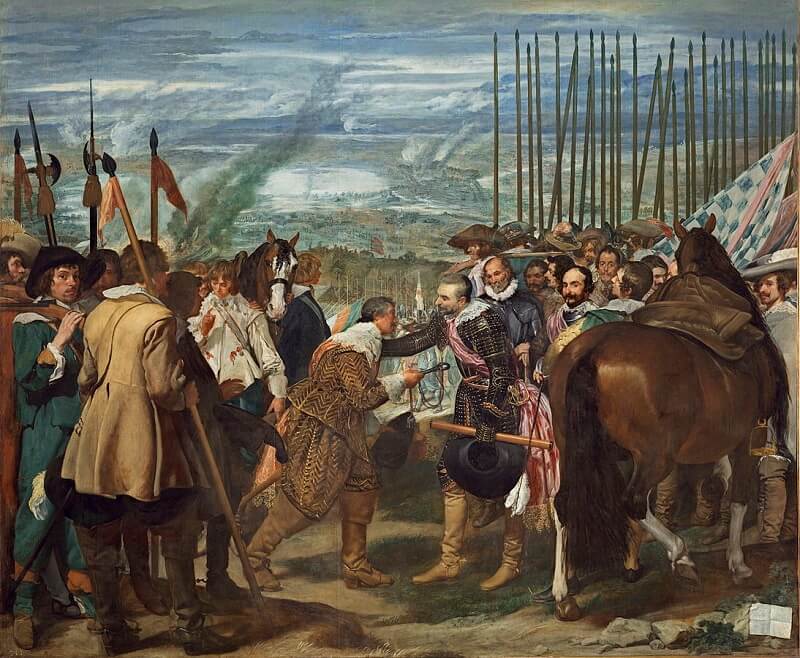
Baroque Movement Subjects:
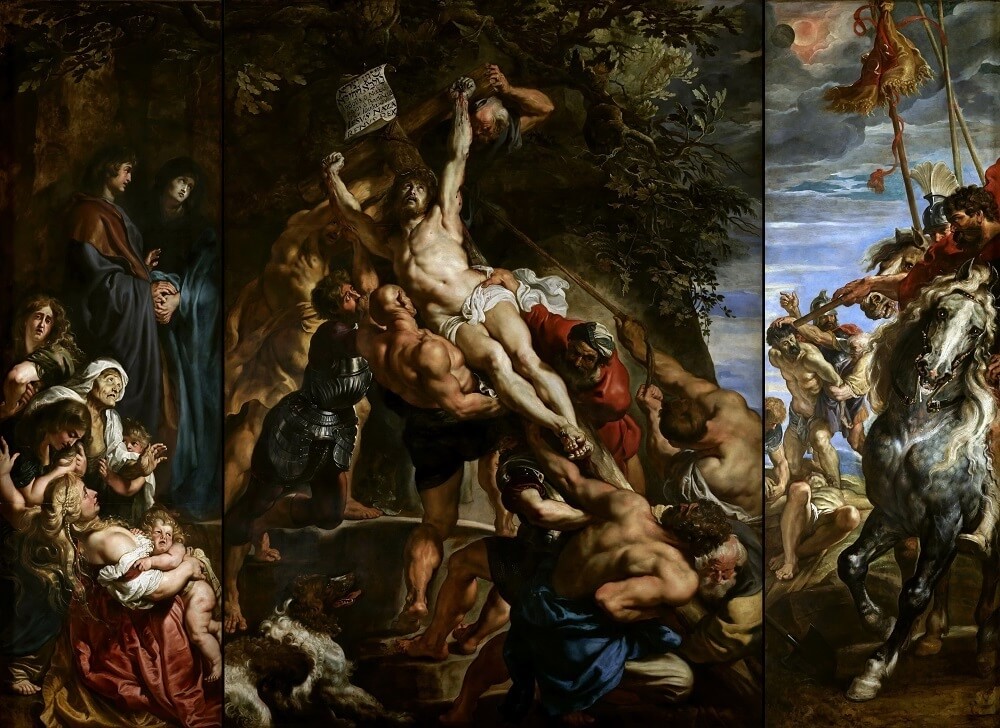


Baroque Architecture:
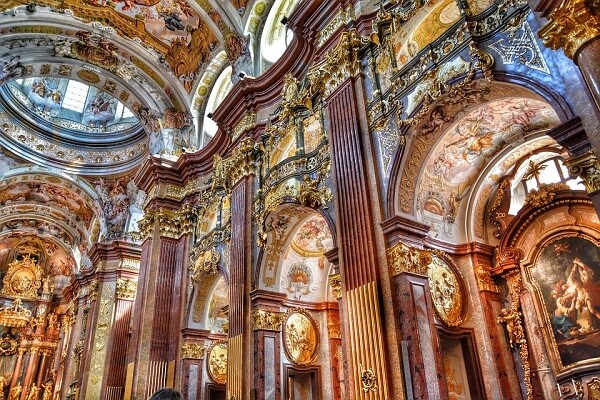
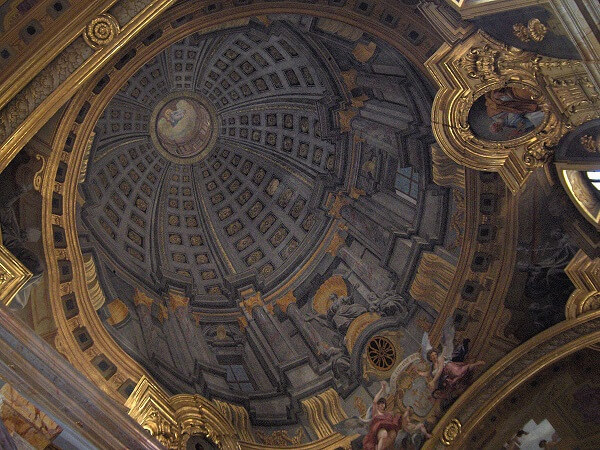
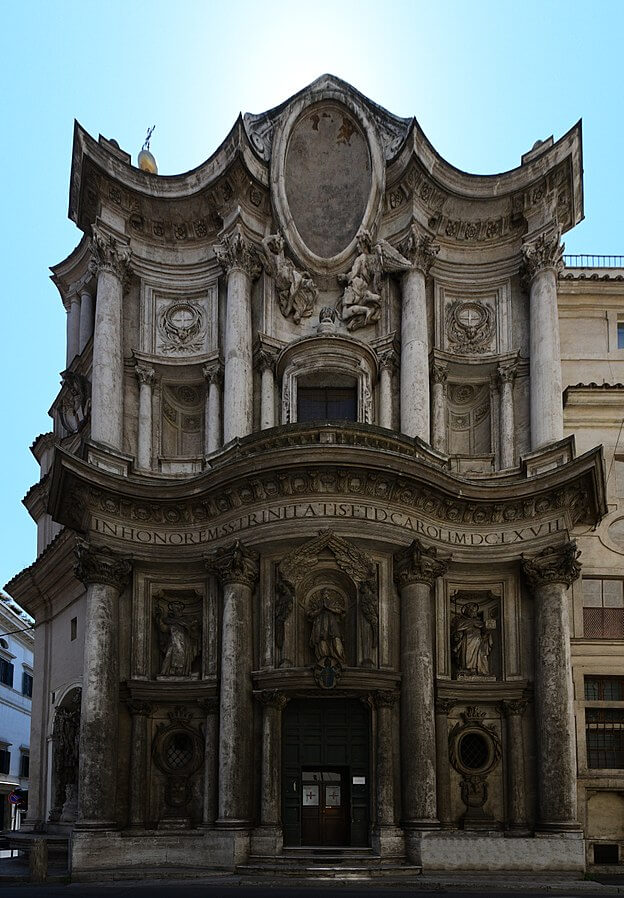

Activity 1: Can You Find It?
Find the following in the artwork:

Activity 2: Narrate the Artwork
Activity 3: Study the Artwork's Location
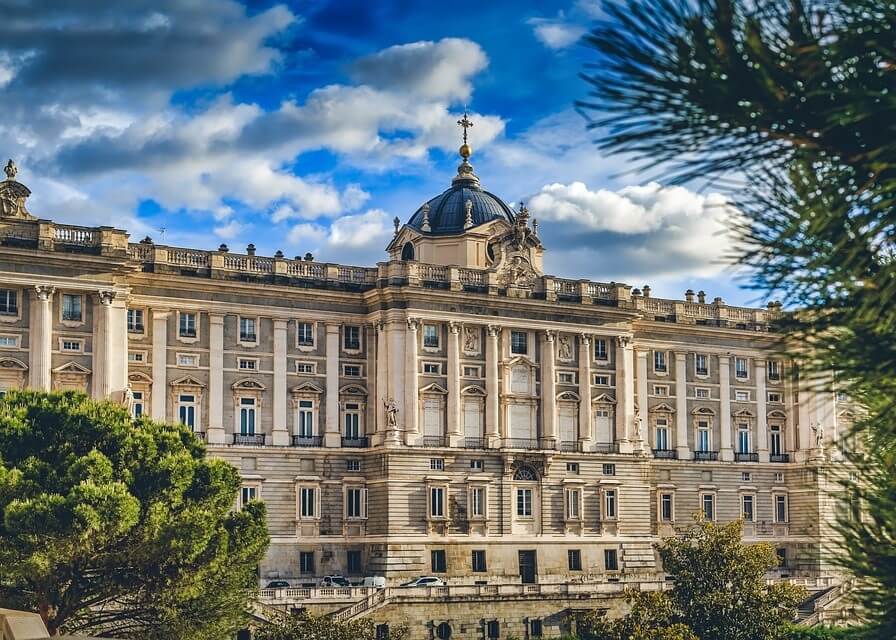

Activity 4: Classify the Artwork

Activity 5: Recreate the Artwork
